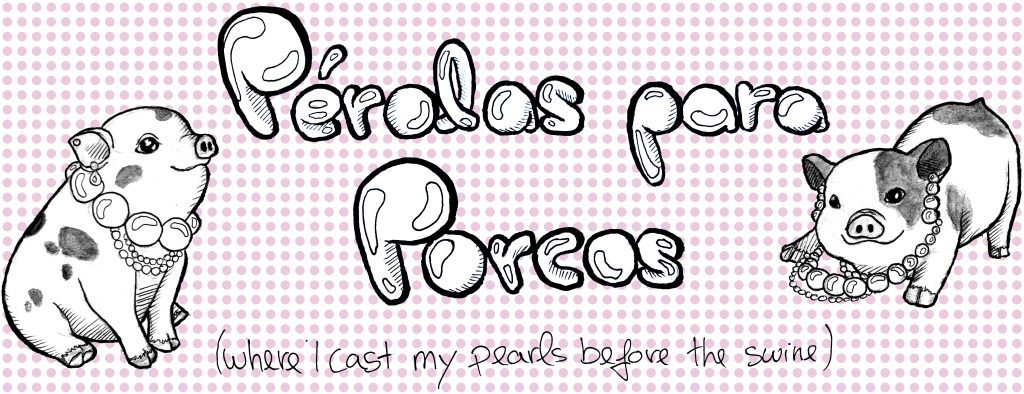
“O Pesadelo de António Maria” documents in many ways the socio-political reality of the early 1920’s in Portugal. It’s about a caricature of António Maria da Silva, who was the prime-minister multiple times during the 1920’s, and his paranoia of a potential invasion of bolsheviks. The second Portuguese animation with any political connotation was called “Franco Assassino”(Assassin Franco), it was directed by António Pilar and it was released two years after the 25th of April revolution, in 1976. Throughout the film, we see Francisco Franco, the Spanish fascist dictator who had just passed away, sat in a wheelchair and going through an humiliating decomposition.
Another important political film was “Uma História de Letras” (1980) (A Story of Letters) directed by José Carvalho and adapted from a story from Manuel António Pina, which told the story of letters that organized themselves to revolt against grammarians, who couldn’t put them “in order”. After them, words, books, libraries and everything else followed their footsteps. This film was produced by the cooperative Cinematógrafo, the Intervention Collective of Porto.

“Ditadura Nacional” (National Dictatorship) started in 1926 after a military coup d’etat lead by general Óscar Carmona and evolved to “Estado Novo” in 1933, after the alteration of the national constitution, this time lead by António de Oliveira Salazar, who was the president of the council of ministers until 1968. This period, also called the “second republic”, lasted until 1974 and it was one of the longest authoritarian regimes in Europe. It was autocratic, conservative, corporatist and nationalist, and it strongly opposed communism/socialism, anarchism, liberalism and anti-colonialism. Salazar helped Franco overthrow the recently elected Spanish republican regime, helped both sides during the second world war, and never allowed for a fair and democratic election to take place in Portugal. This period was also know for its strict censorship policies and aggressive persecution and torture by PIDE, the secret state police, on anyone that would “conspire” against the regime and the constitution, including opposing left-wing politicians and artists.

During this time, Portuguese Animation evolved adopting western styles and focusing mostly on advertising purposes. It was very common for Portuguese brands to hire small and independent advertising agencies to create short animation films. Actually, I could even say that throughout the 50’s, 60’s and 70’s, it was very possible for an animator to build a career in Portugal doing advertising animation, unlike nowadays. One of those highlights was Artur Correia whose film “O melhor da rua” (1966)(The best in the street) won Advertising Film Award in Annecy, even though it was rejected by the advertised brand, Schweppes.

In the 1960’s, with the beginning of the Portuguese Colonial War, hundreds of thousands of Portuguese emigrated and looked for economic opportunities abroad in order to escape conscription. After Salazar’s death in 1970, Marcelo Caetano slightly increased freedom of speech and the press, and allowed for the IPC (Institute of Portuguese Cinema) to be created in 1971, even though it only started its activity in 1975. Finally, a group of left-wing military officers (the MFA) organized a peaceful coup d’etat on the 25th of April 1974, ending the colonial war, releasing political prisoners and allowing for many exiled politicians and artists to return to their country – in what is remembered as “The Carnation Revolution”.

After the revolution, there are two important factors that gave birth to Portuguese animated films d’auteur shaping the aesthetics of the future Portuguese animators to come. Firstly, in 1977 CINANIMA’s first edition (International Festival of Animated Cinema) took place in Espinho, which showcased for the very first time in Portugal, a big variety of styles of animation. “Franco Assassino”, produced by the IPC, is awarded in the festival’s first edition . This festival also provided workshops with international animators, educating them in experimental animation techniques.

Secondly, there was Vasco Granja and his multiple TV shows about animation throughout 16 years. He was part of film societies, even during the dictatorship, in which he discussed, analyzed and showcased censored anti-fascist films – he was sent to jail twice during that regime. After the revolution, Granja was able to promote his passion for animation and comic books on TV introducing many films from all over the world, especially from Canada and Eastern Europe. He was very critical of violent animation shows that would distract people from thinking, and he was an avid promoter of poetic and political films that had a more impactful and educational message.
Unfortunately, during the 1980’s there was a financial crisis in Portugal which, combined with the entry in the European Union in 1983, lead to a restructuring of the advertisement industry. Portugal opened its borders to big multinational brands and advertisement agencies, which caused the disappearance of small studios over time, decreasing immensely the Portuguese animation production. From that moment on, it became much more economically reasonable for the Portuguese public television to buy animation shows created abroad, than investing on Portuguese productions. IPC only invested on Portuguese animation again in the early 90’s and very sporadically.
